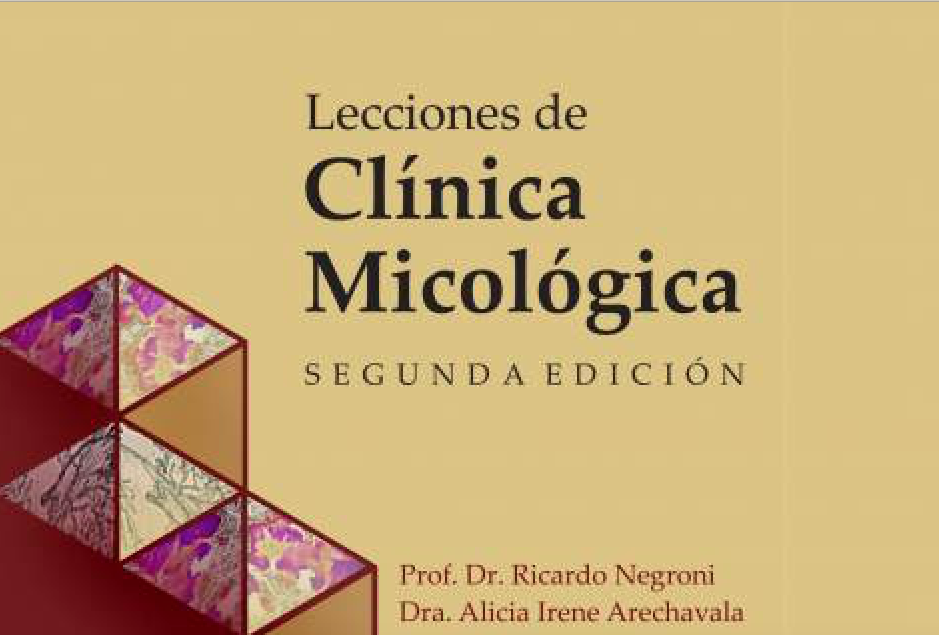Review of the book Clinical Mycology Lessons, second edition
Abstract
Mycology has been, since ancient times, perhaps the least attractive microbiological science if we measure it by the number of professionals trained and dedicated to its study.
Its curricular location in undergraduate education, specifically in the basic cycle, squeezed between bacteriology, virology and parasitology, its low time load and, therefore, its limited contents, made interest in it not very significant.
It is no coincidence that, according to the prestigious Venezuelan researcher Gioconda Cuneo de San Blas, mycology is "the Cinderella of microbiological sciences".
Structured in the aforementioned way, this science is taught at a stage of the career in which students are not yet trained for the comprehensive clinical approach and, therefore, the enterprise is limited to taxonomic and morphological description.
In recent decades, the advent of HIV infection, as well as new and aggressive oncological treatments or those aimed at avoiding the rejection of transplanted organs generate in patients a profound immunological depression that culminates in the emergence of pre-existing intracellular pathogens, making the so-called opportunistic infections possible.
The incidence of mycoses increased markedly during the first two decades of the HIV pandemic, especially before the introduction of antiretroviral therapy, only to moderate from the 2000s onwards.
This boom in the incidence of opportunistic mycoses began in a context where the therapeutic arsenal available for their treatment was remarkably scarce. In addition, the available literature on pathologies of fungal origin was limited and generally structured in the classical order, starting from definition, etiology and taxonomy, through epidemiology, pathogenesis, clinic, treatment and prevention.
This systematic approach is important, but it poses a difficulty for the treating physician, especially for the young student or resident, which is how to relate these descriptions to the specific clinical picture presented by the patient in the consultation.
Thus, the focus that the authors have given to this work stands out, starting from the clinical manifestations presented by the patient and the observation of the injuries or organic compromises that the professional has before his senses. These aspects, and the work’s structural organization, are similar to those of the first edition (1997), but each of the chapters has been rigorously revised and updated.
In the first part of the book, the most extensive and related to the clinical aspect, the authors formulate the fundamental question: when and why should I think of mycosis when faced with this clinical picture?
And once the existence of a fungus as the cause of the patient's symptoms is determined, the authors take us by the hand in the diagnostic reasoning and in the correct selection and use of the different laboratory tests that will allow us to obtain the diagnosis. The use of the different antifungal drugs is very well explained so that there is no doubt as to which drug to choose, how to handle it and what to expect from it in each particular case, without forgetting the potential side effects.
This systematic approach is solidly developed both in the field of superficial mycoses and in the case of deep mycoses. The references consulted are limited to a dozen relevant bibliographic citations, avoiding extensive reviews that tend to be reiterative and unnecessary. Several of these citations are original works by the authors, which shows their vast experience in clinical practice.
The second part of the book is dedicated, in detail, to the review of the different laboratory techniques that can be used for the diagnosis and follow-up of clinical cases. The description is not limited to the more established, classical techniques, but there is a very important place for new methodologies based on molecular biology that have come to significantly improve the conduct of the clinical case.
The third part includes the presentation of 33 clinical cases that were handled both at the Hospital Muñiz and in private practice, selected on the basis of their usefulness as examples of the different mycotic pathologies and following the systematic approach that we have already highlighted. They are all of immeasurable educational value.
Finally, the work is concluded with an iconographic contribution that includes photographic images of injuries, histological preparations, radiological and tomographic images and laboratory techniques.
In conclusion, Clinical Mycology Lessons (Lecciones de Clínica Micológica) is a very solid work from the scientific point of view, very pleasant and clear in the educational aspect, and very rigorous in its presentation and worthy of its authors.
Downloads






